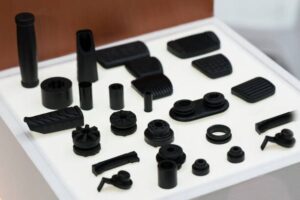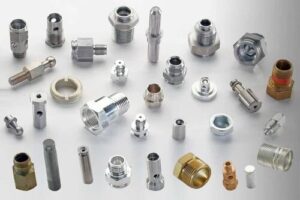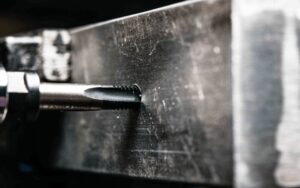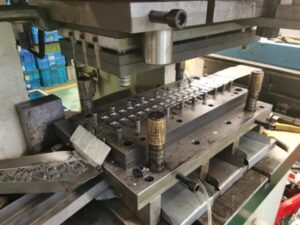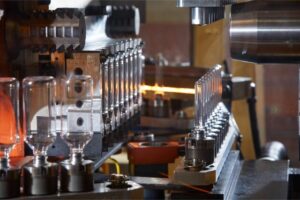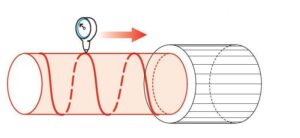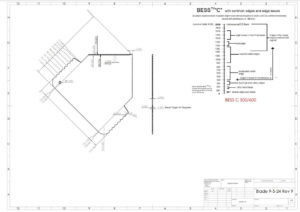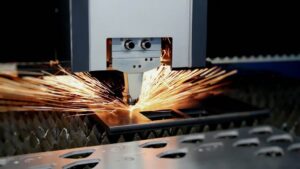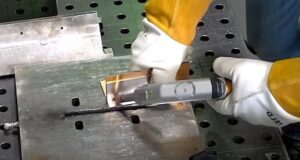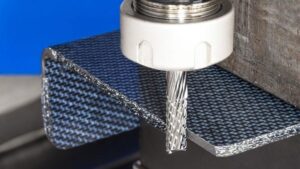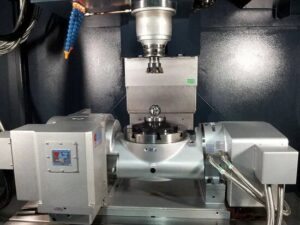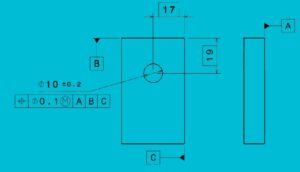
True Position in GD&T: What It Means and Why It Matters?
True Position is the exact location of a feature, such as a hole, pin, or slot, as defined concerning datums. Simply, it tells us where a feature should be placed on a part. Instead of focusing on the exact X and Y values, it defines a zone—usually a circle or cylinder—within which the center of the feature must fall.

